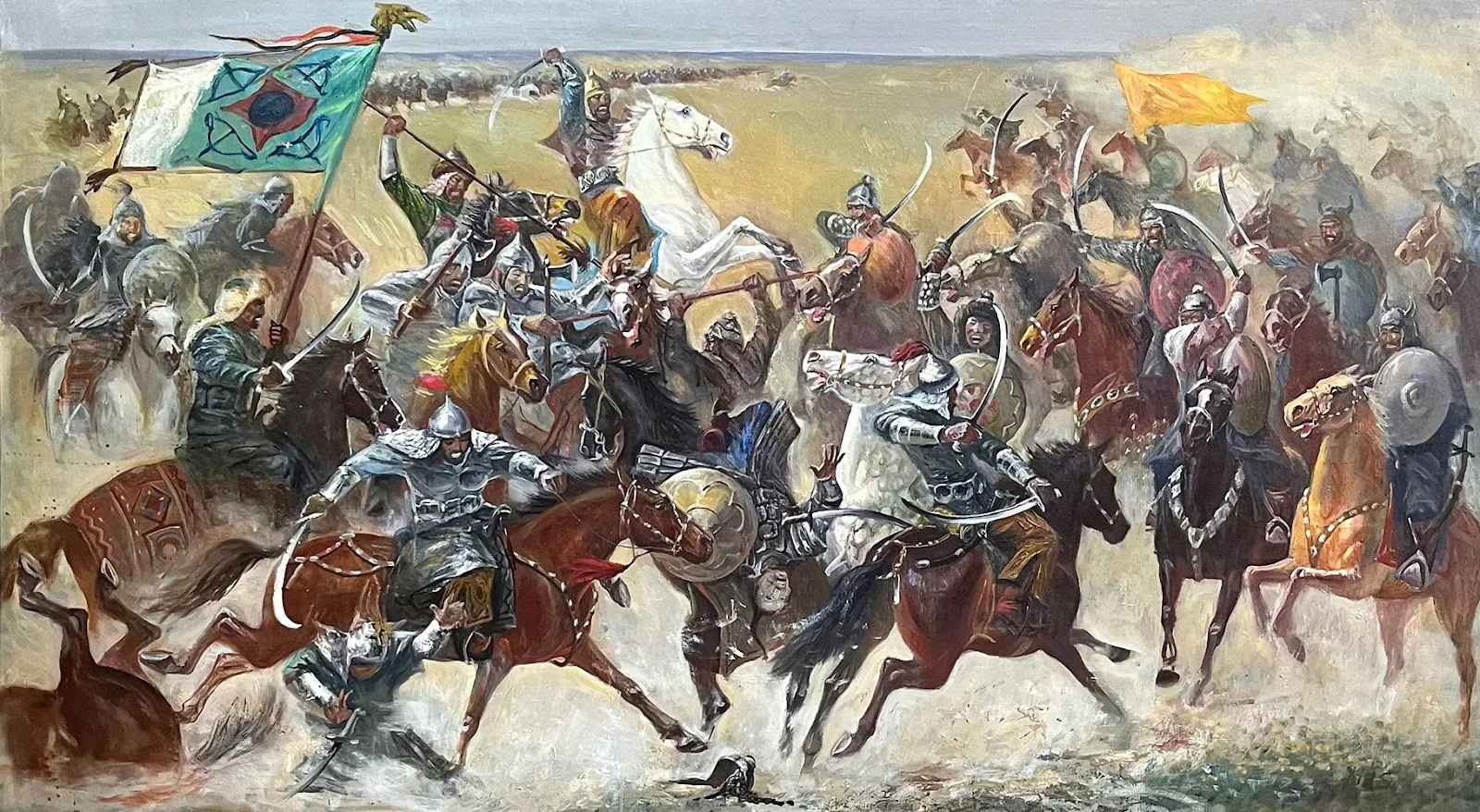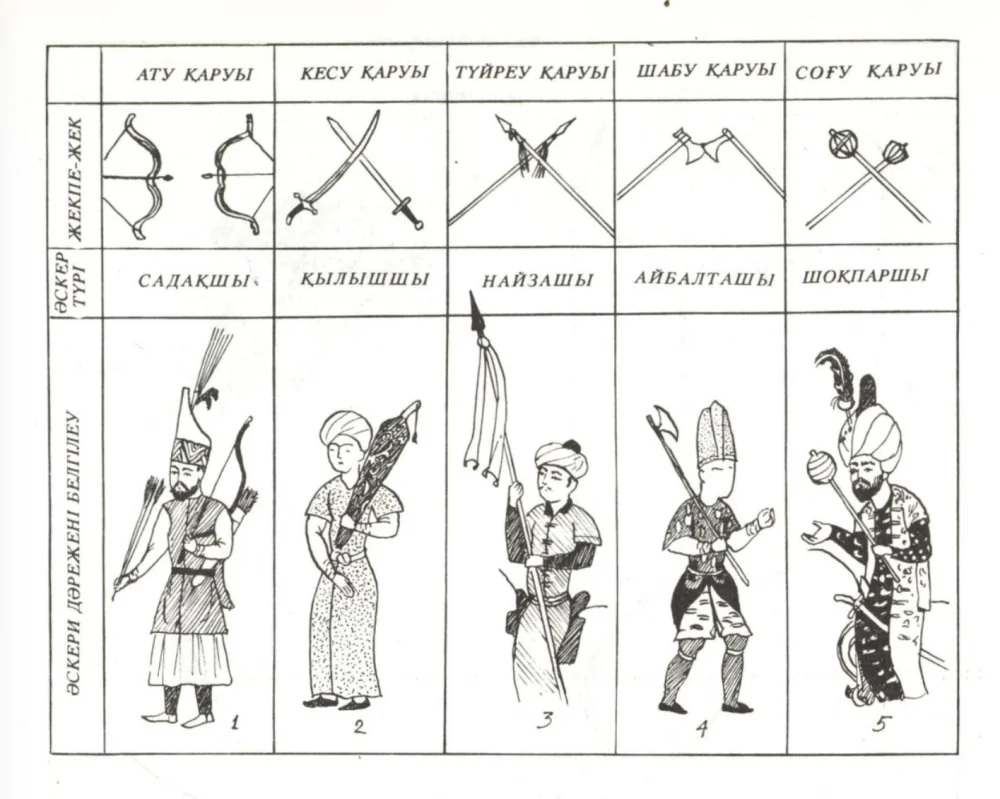
Kaliolla Akhmetzhanov, Five types of weapons: bow, sword, spear, aybalta (crescent axe), and shokpar (mace) / Illustration from the book «Jaraghan temir kígender»
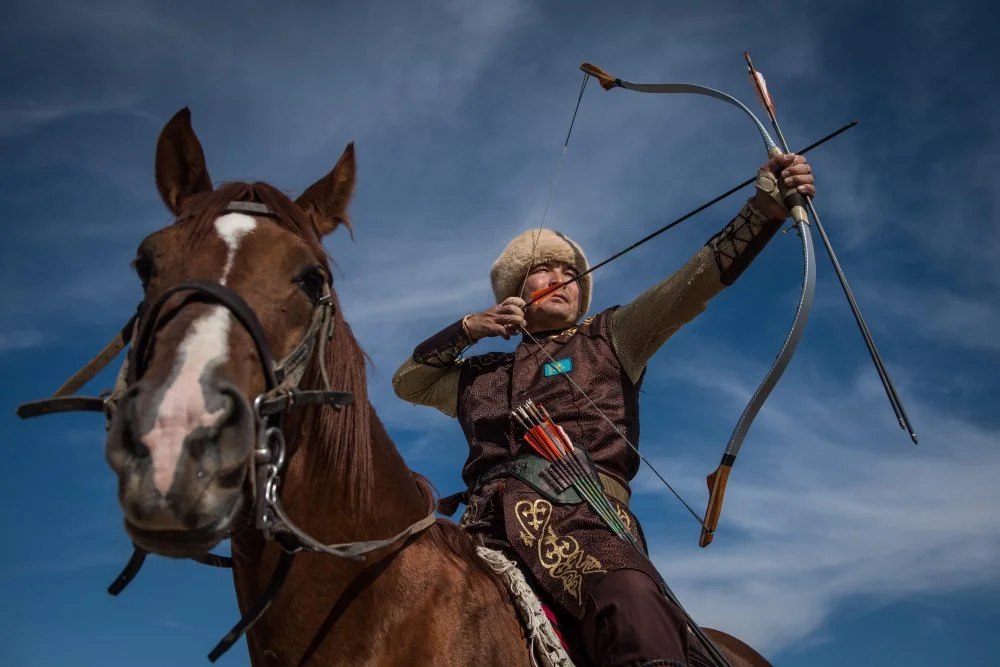
Amin Bre. Kazakhstani competitor is at International championships of warrior ride. Iran, Fars province, Shiraz / Alamy
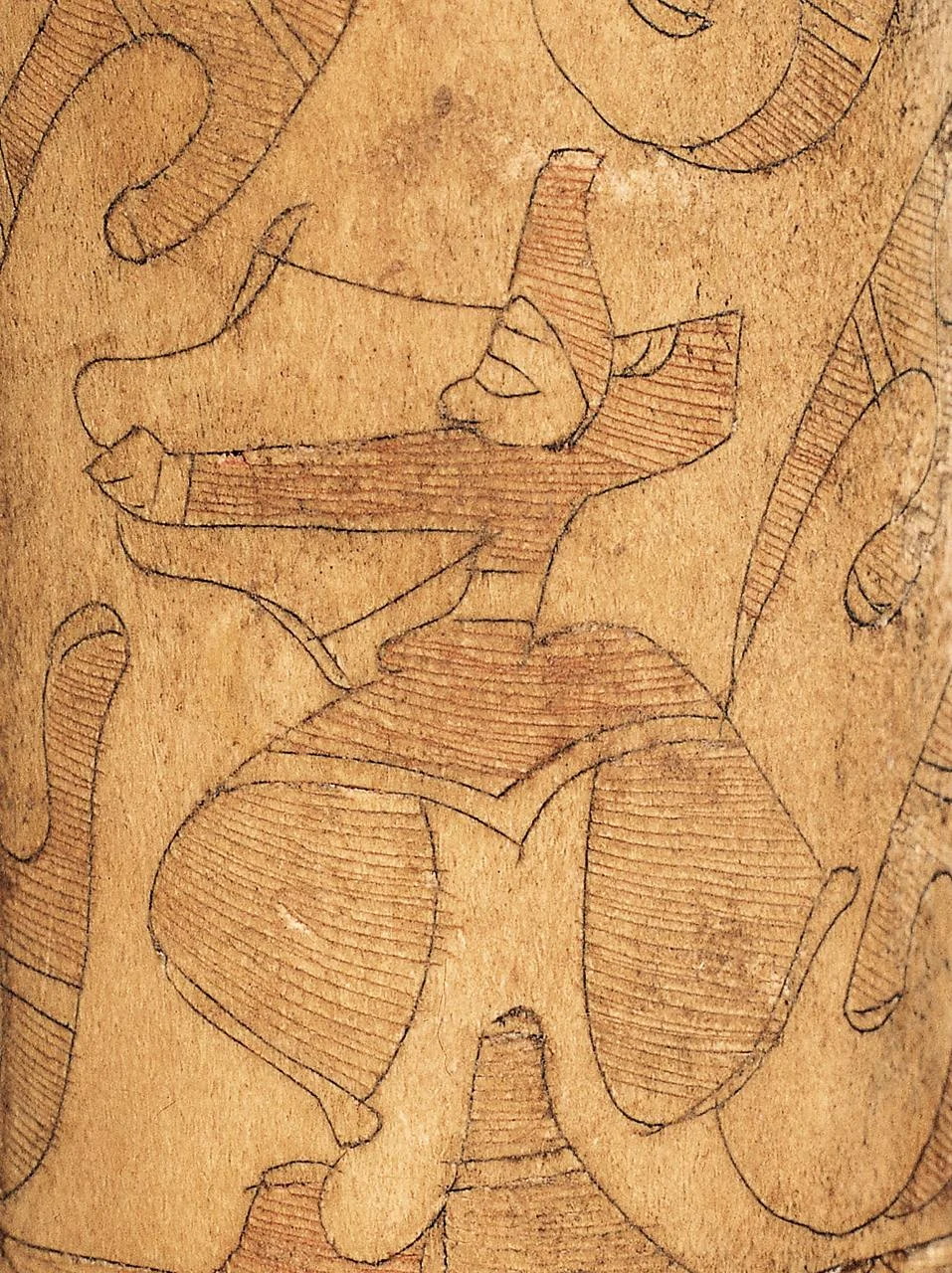
Saka hunter. Circa 500 BCE / Gansu Museum / Wikimedia Commons
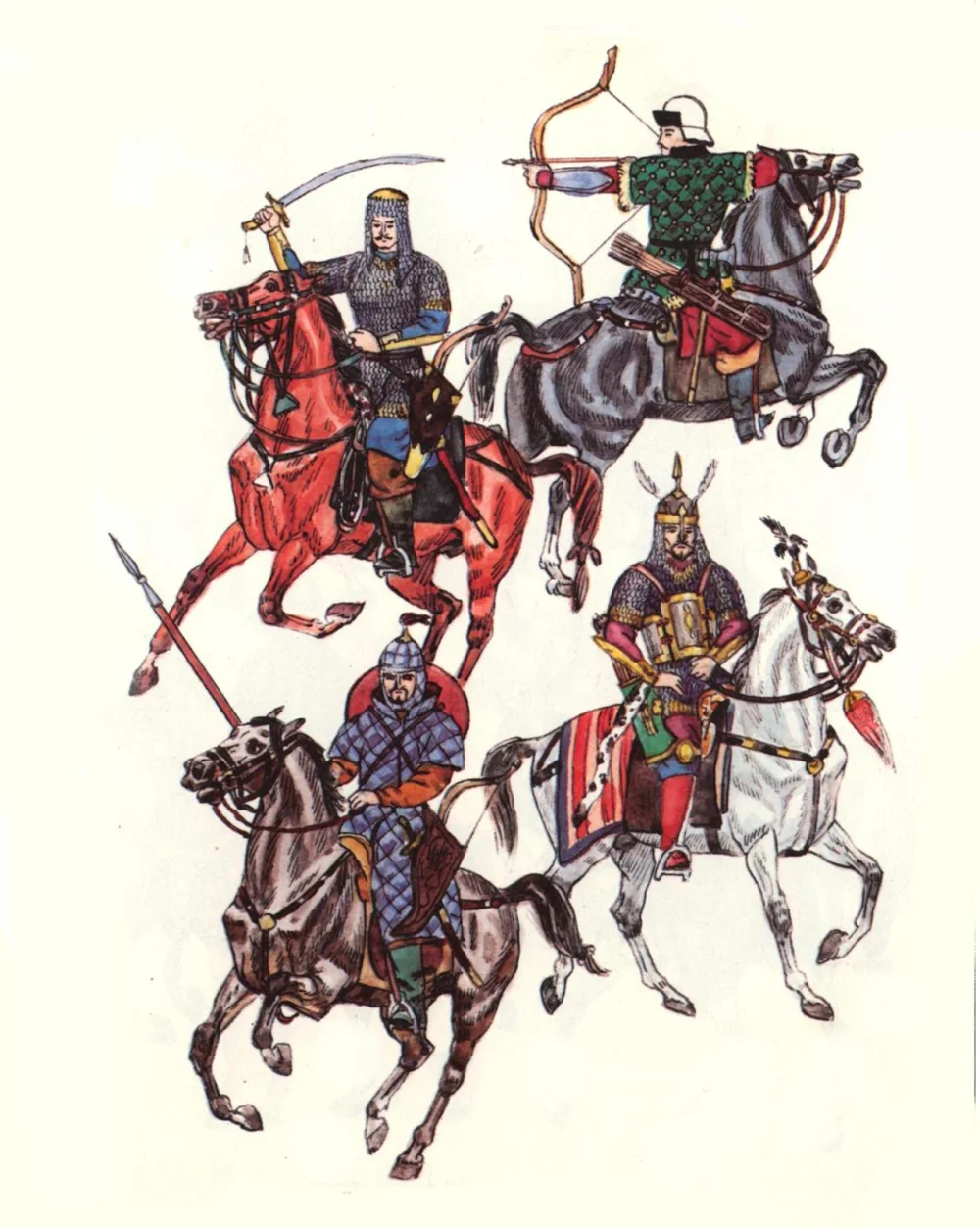
Kaliolla Akhmetzhanov. Ancient Saka warriors. 5th–3rd centuries BCE / Illustration from the book «Jaraghan temir kígender»
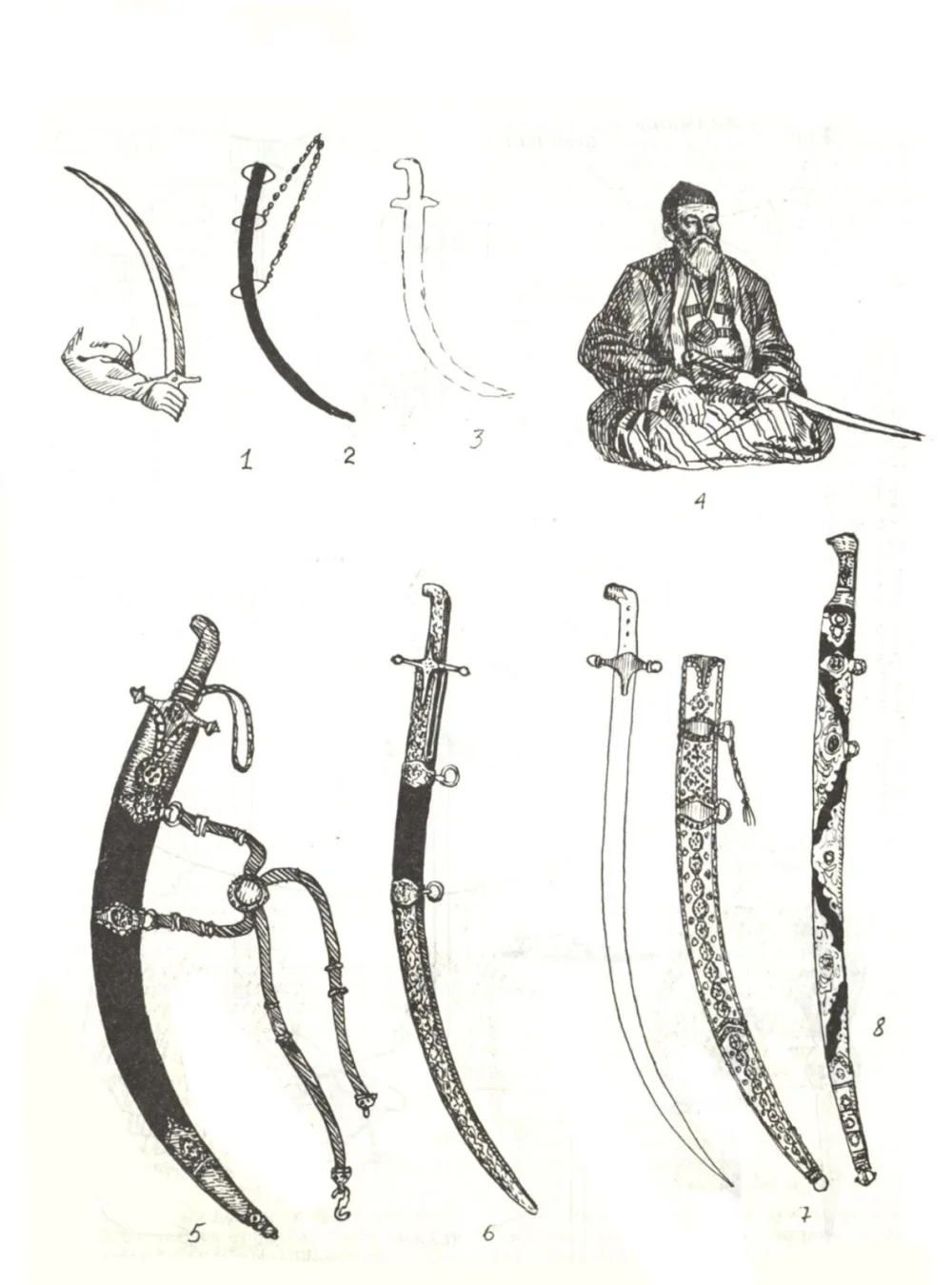
Kaliolla Akhmetzhanov. Narkesken, sabre, sapy dagger, Khiva sabre / Illustration from the book “Jaraghan temir kígender”
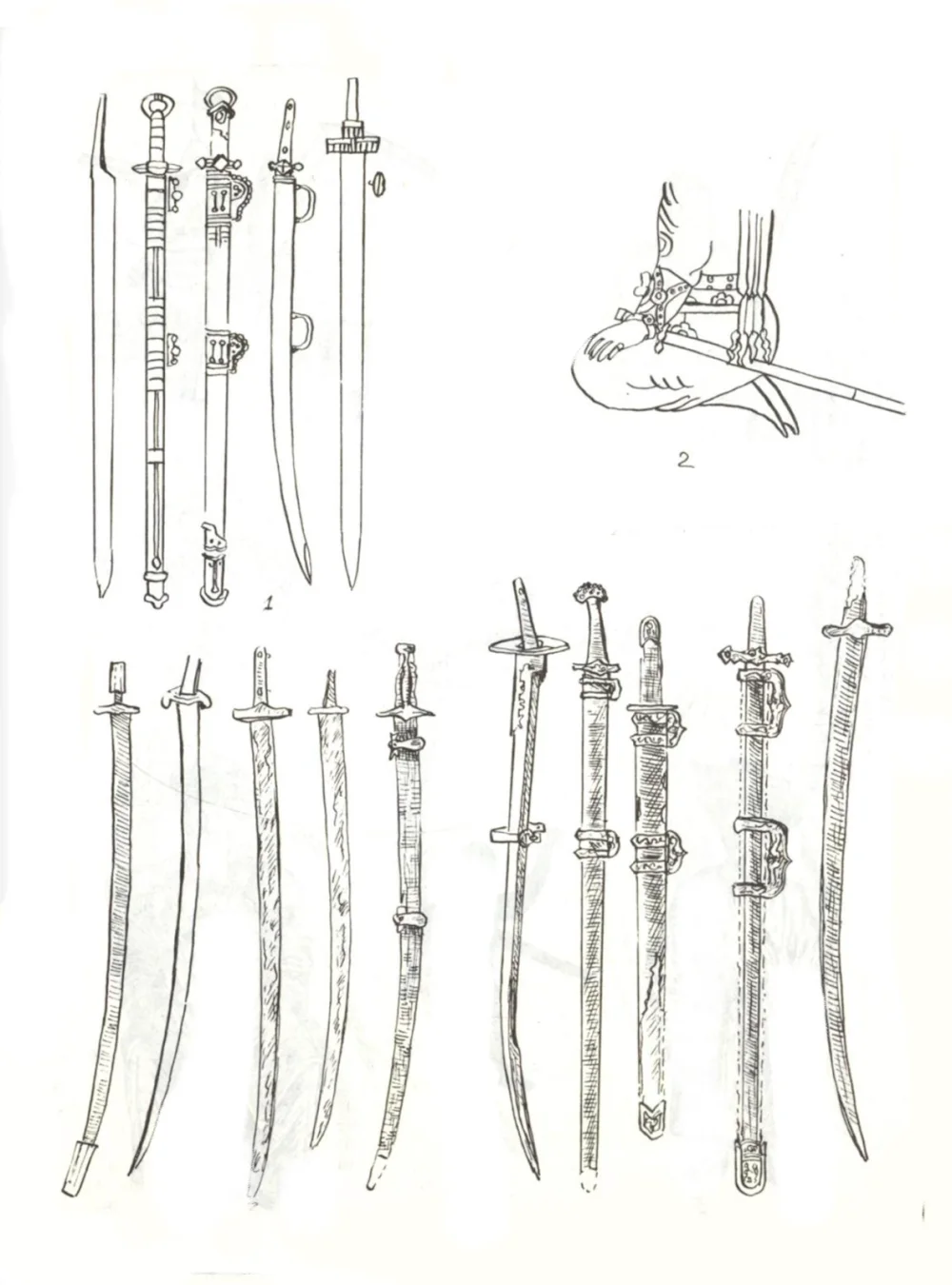
Kaliolla Akhmetzhanov. Swords, sabres, sapy daggers and scabbards of the ancient Turks (5th–8th centuries), Kimaks (7th–10th centuries) and Kipchaks (10th–13th centuries) / Illustration from the book “Jaraghan temir kígender”
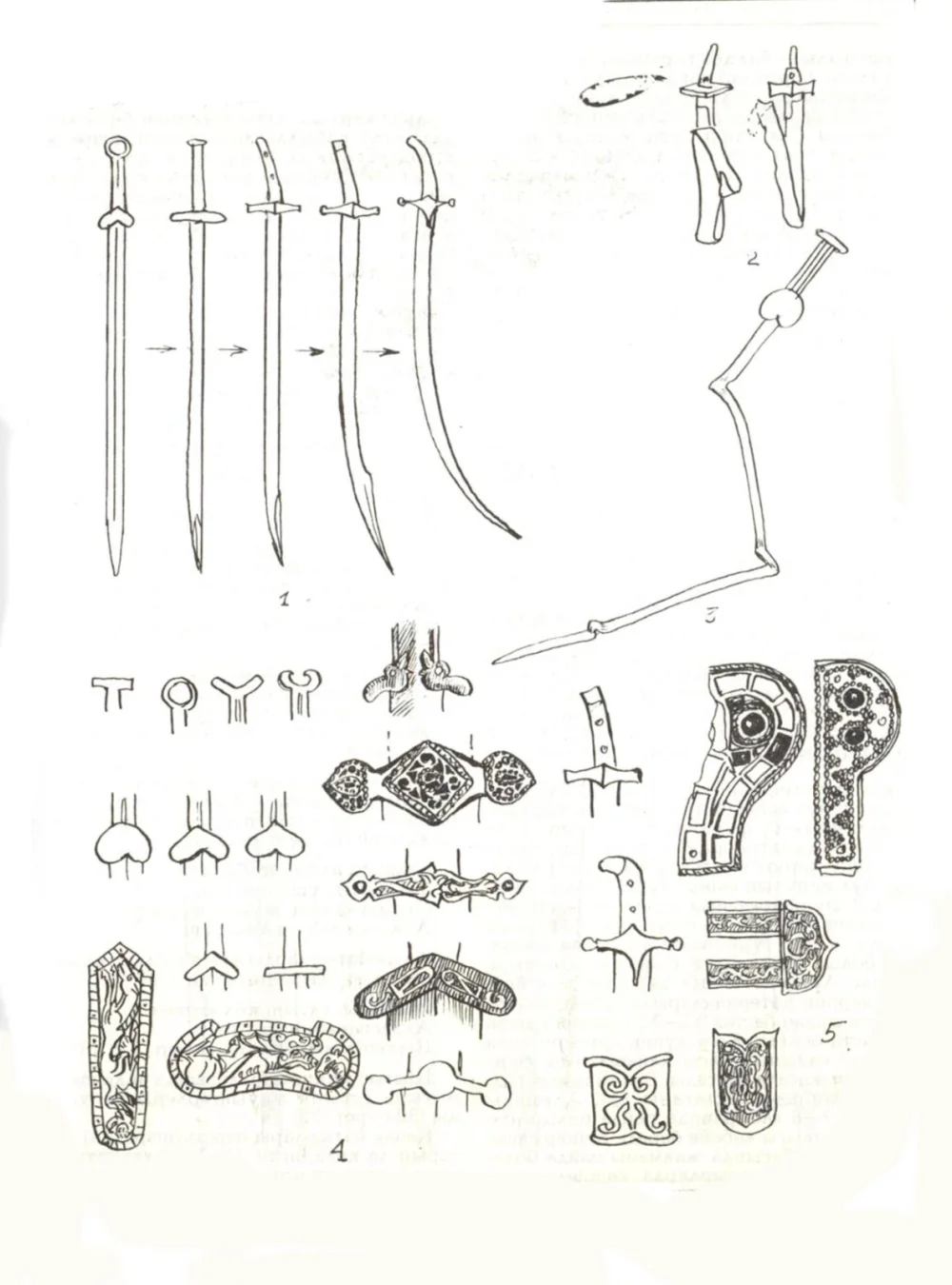
Kaliolla Akhmetzhanov. Diagram of the transition from nomadic straight sword to sabre (1). Folded swords found in ancient nomadic burial mounds (2, 3). 3rd–8th centuries. (Yu. S. Khudyakov). Decorations of hilts, grips, and scabbards of swords, sapy daggers, and sabres of later nomads (4, 5) / Illustration from the book “Jaraghan temir kígender”
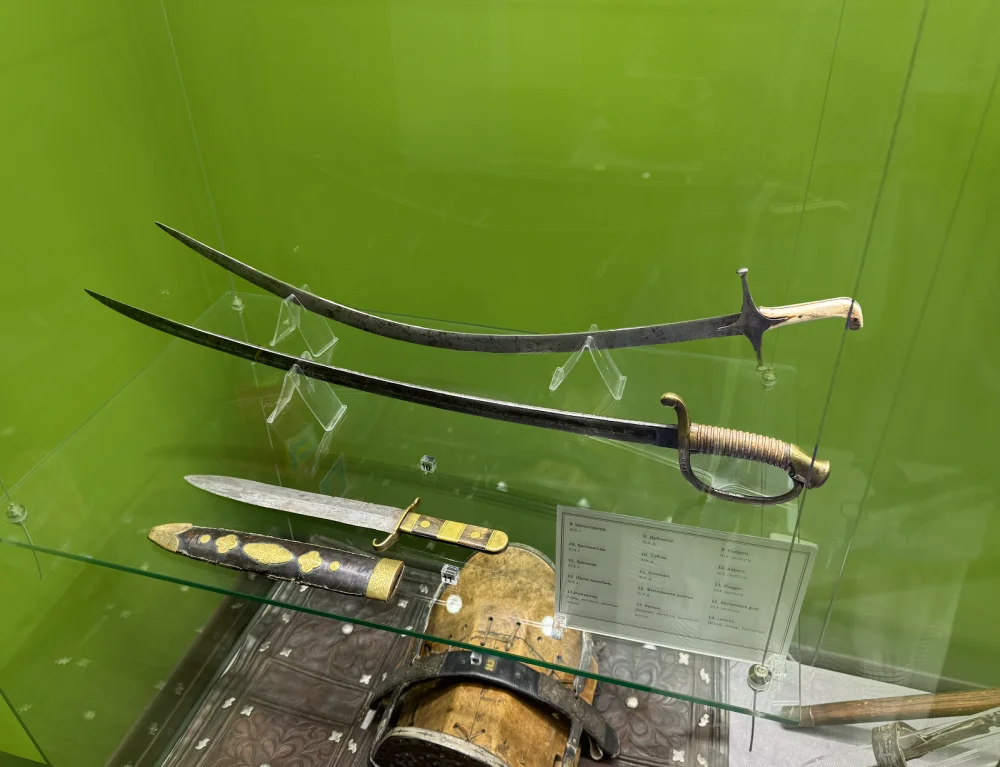
Kazakh sabres and daggers. 19th century /From exposition of Museum of Almaty

Kaliolla Akhmetzhanov. Types of spears / Illustration from the book “Jaraghan temir kígender”
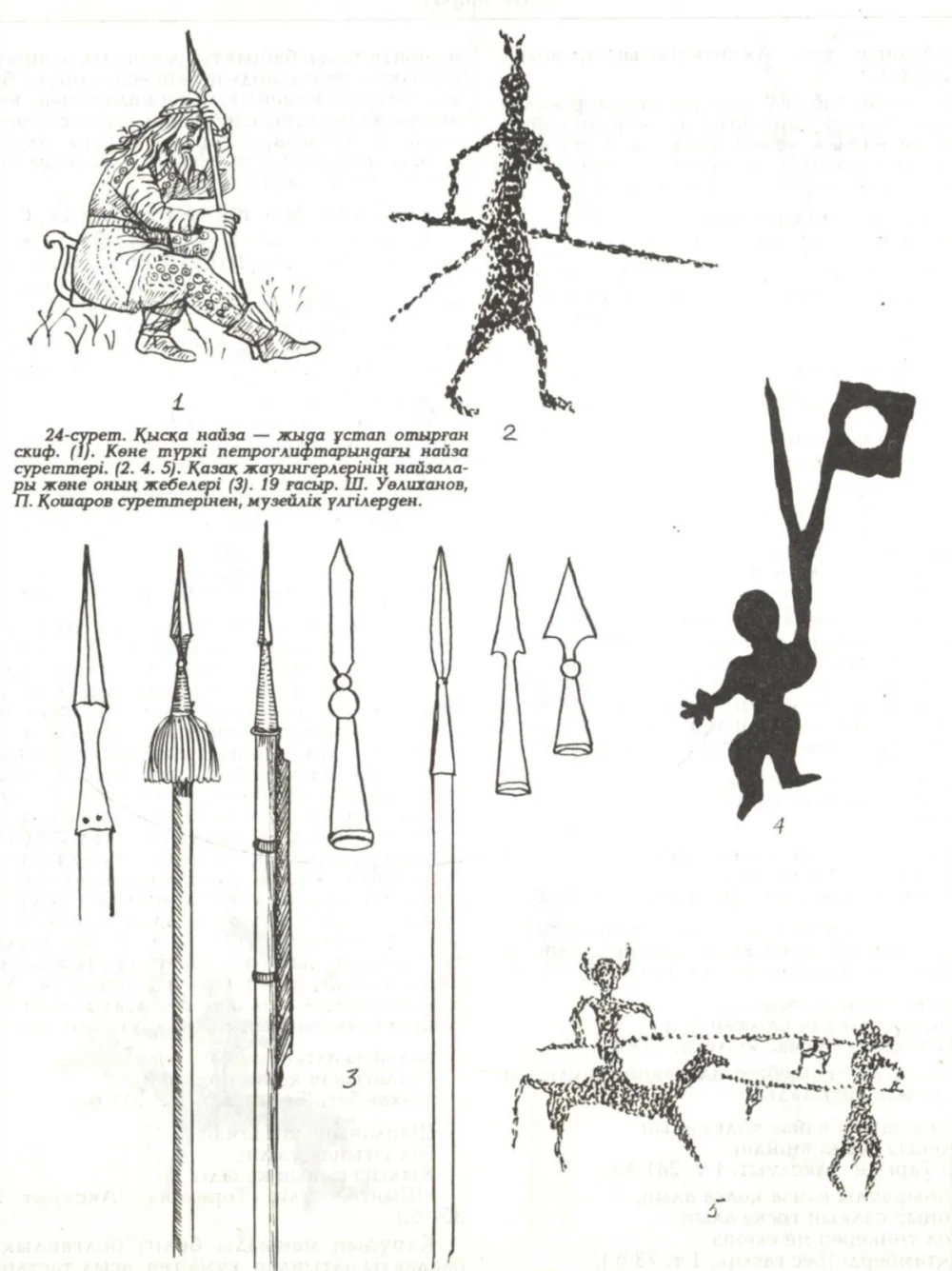
Scythian holding a short spear — zhyda (1). Spear depictions in ancient Turkic petroglyphs (2, 4, 5). Kazakh spears and their tips (3). 19th century. Based on drawings by Sh. Ualikhanov, P. Kosharov and museum samples / Illustration from the book "Jaraghan temir kigen"
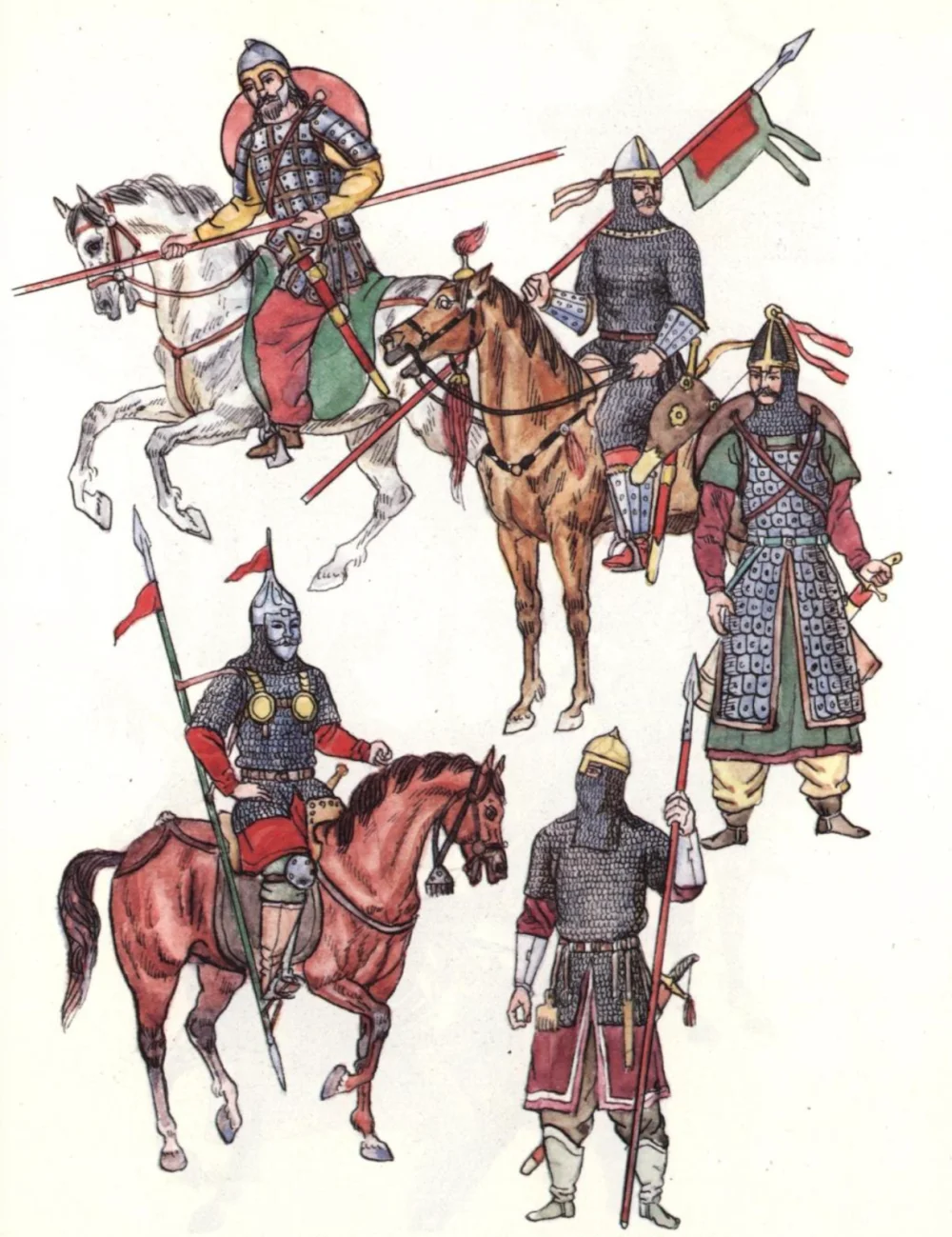
Kaliolla Akhmetzhanov. Kimak-Kipchak warriors, 8th–10th centuries / Illustration from the book "Jaraghan temir kigen"
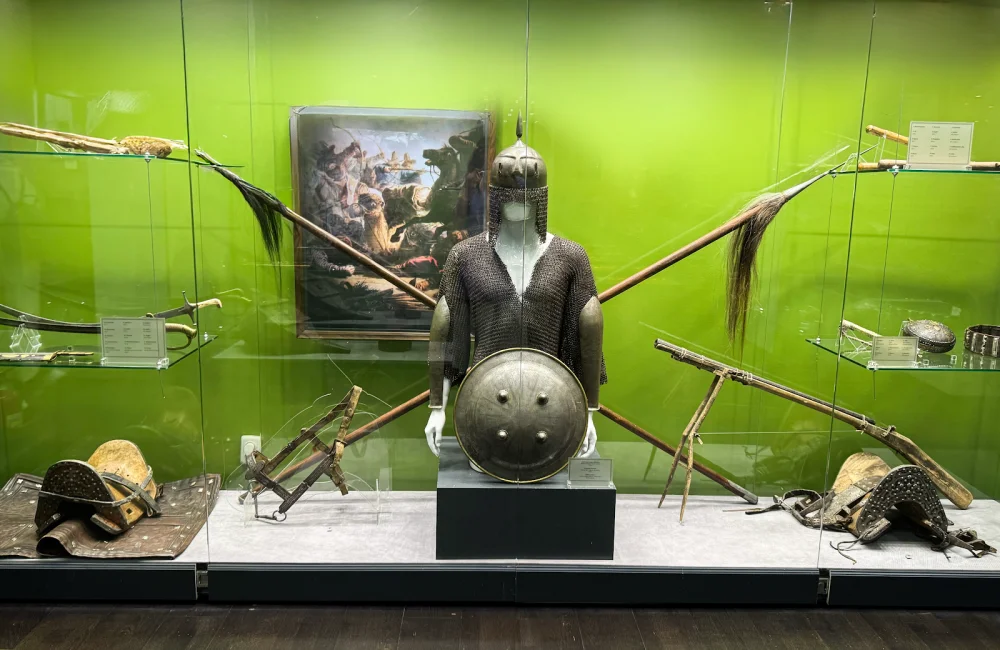
Armor, helmet, and spears of a Kazakh warrior. 19th century / From the exposition of the Almaty Museum
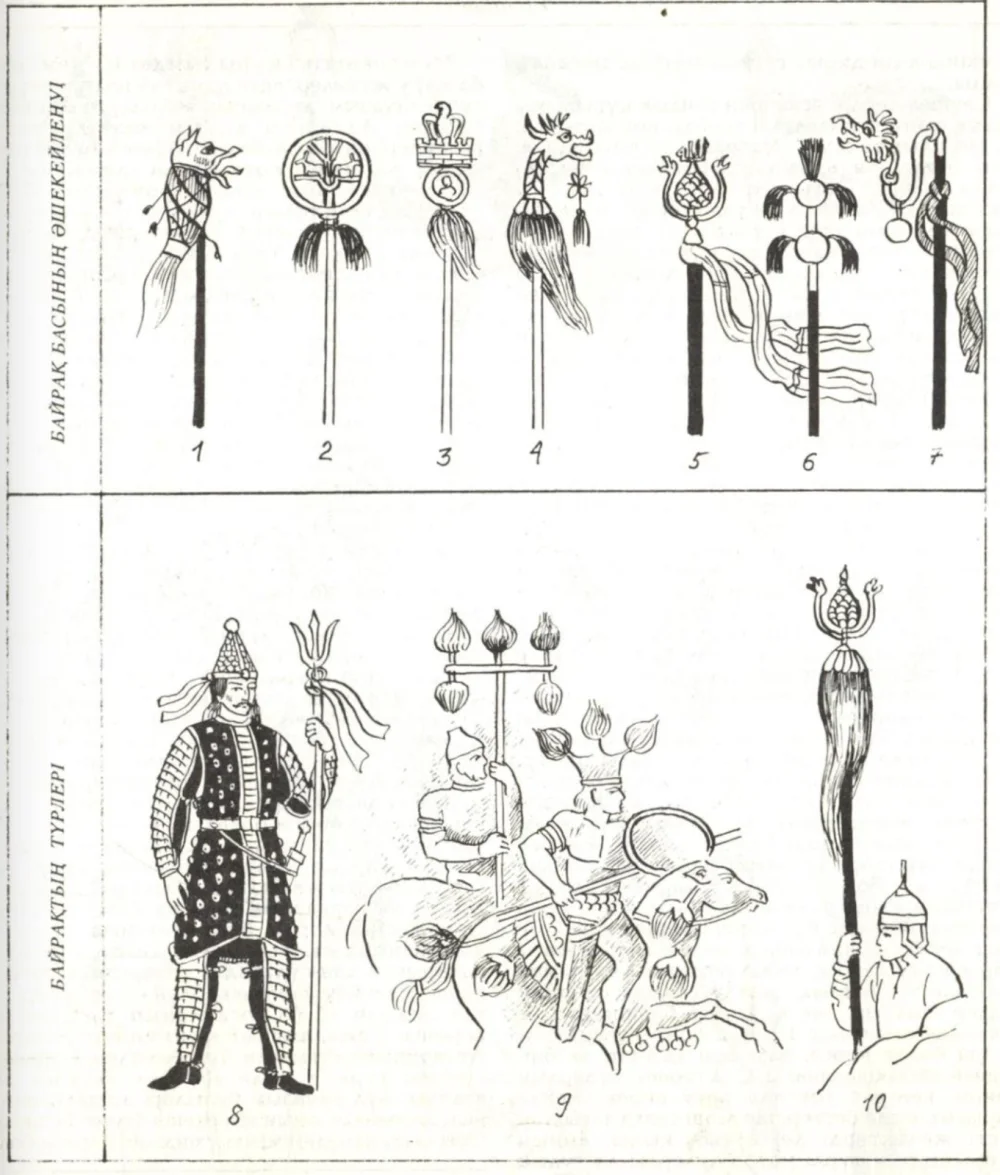
Reconstruction by M. Orelik. Military banners and their heads from different eras: Babylonian, Roman, Mongol, Iranian, Turkic, Kushan emperor, and medieval khan. 1st–3rd centuries CE / Illustration from the book "Jaraghan temir kigen"
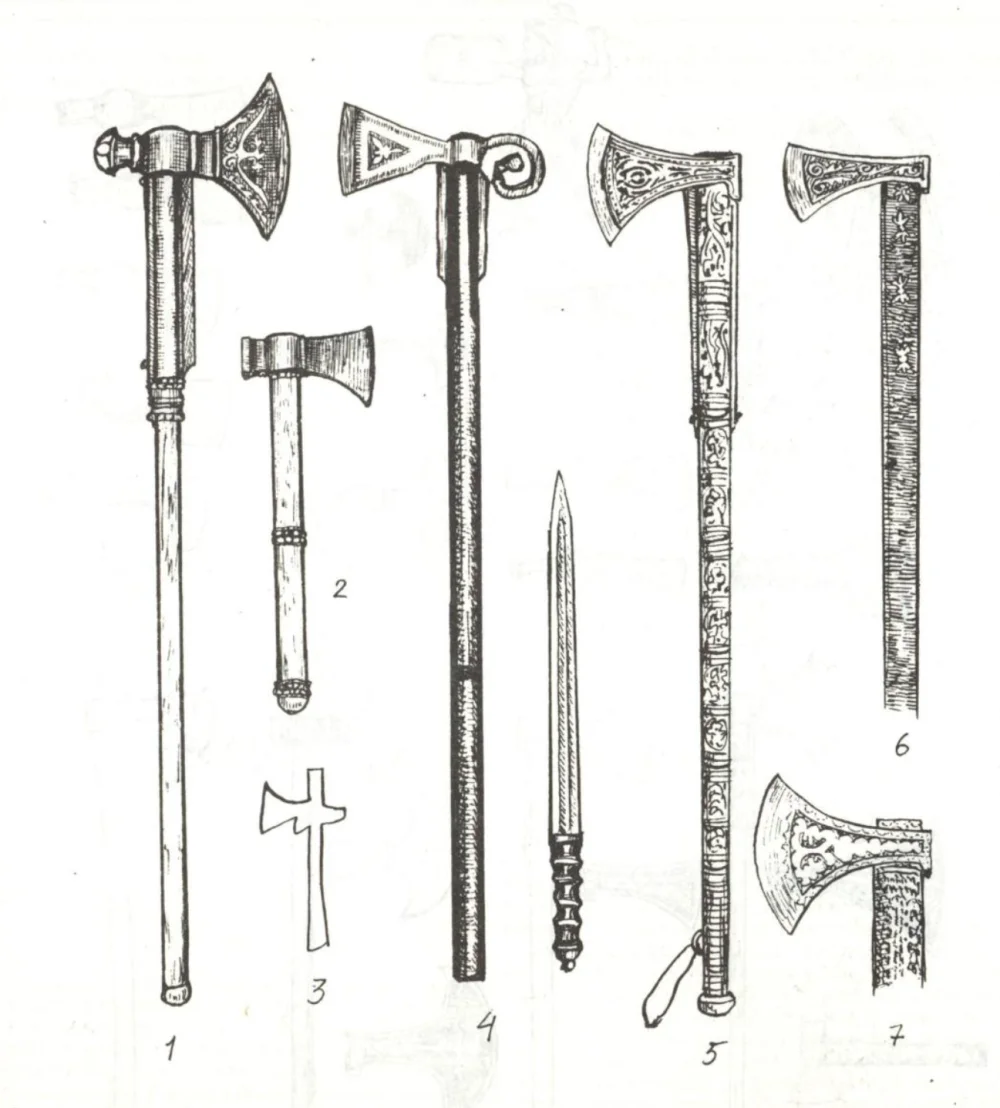
Kaliolla Akhmetzhanov. Illustration of Kazakh Axes (Aibalta) / Illustration from the book "Jaraghan temir kigen"
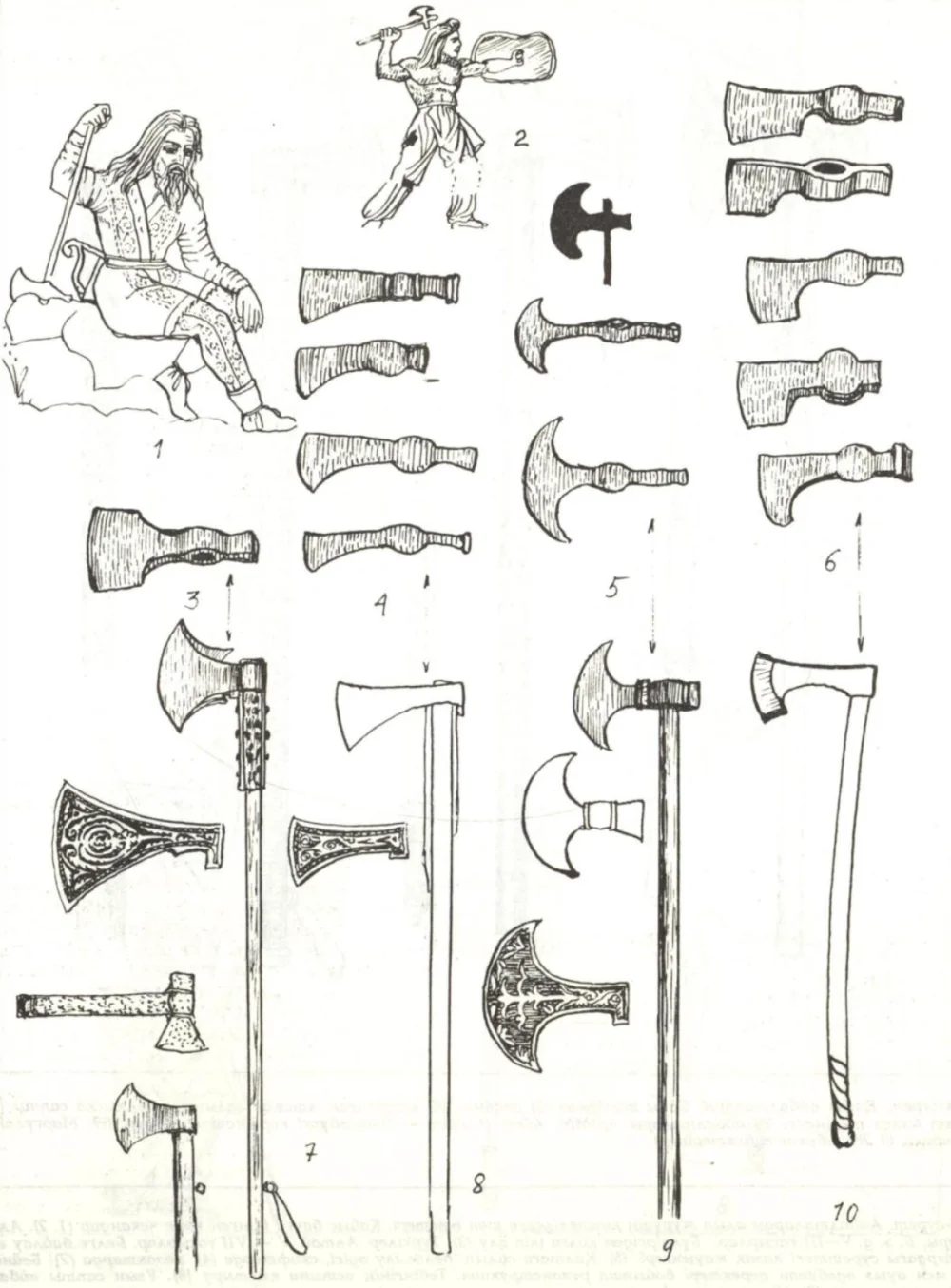
Kaliolla Akhmetzhanov. Illustration of Kazakh Axes (Aibalta) / Illustration from the book "Jaraghan temir kigen"
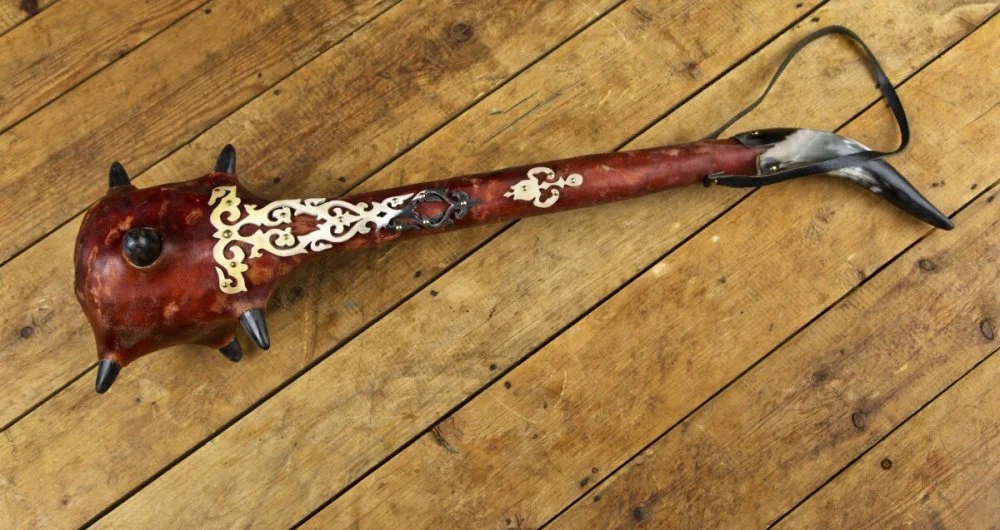
Shokpar (Mace) / e-history.kz
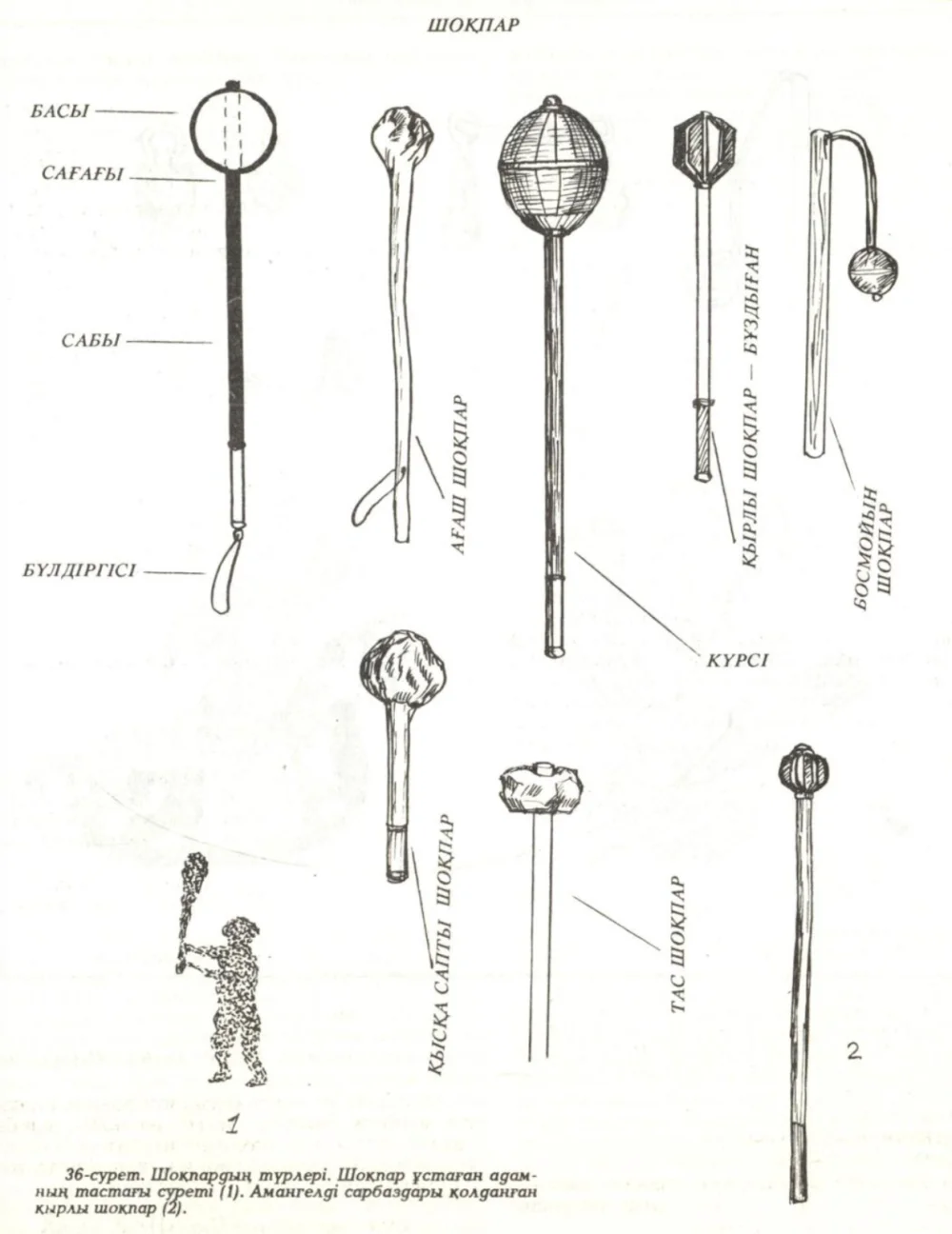
Kaliolla Akhmetzhanov. Shokpar (Mace) / Illustration from the book "Jaraghan temir kigen"
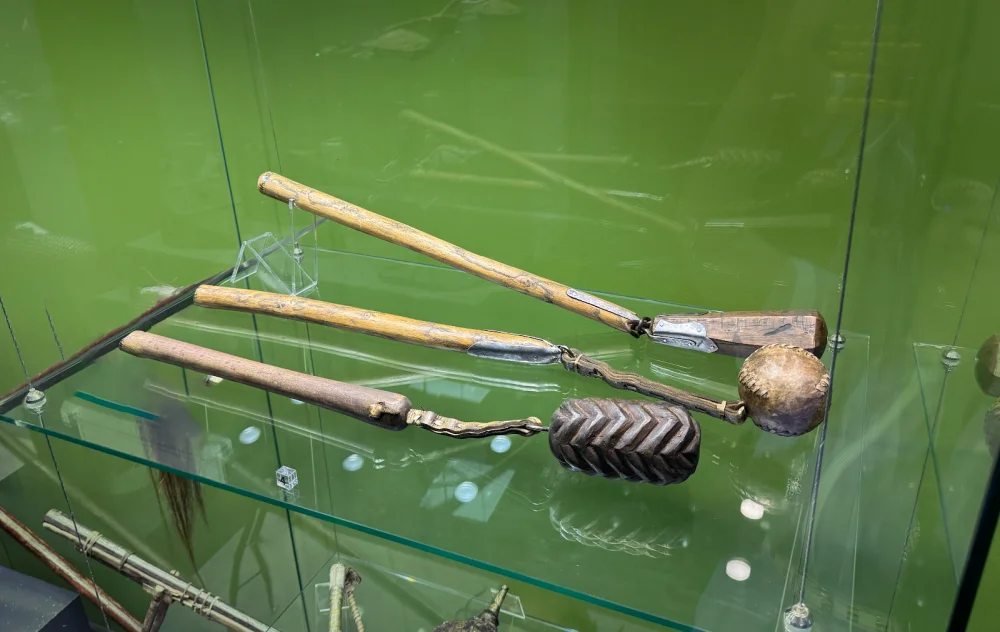
Shokpar (Mace) / From the exposition of the Almaty Museum
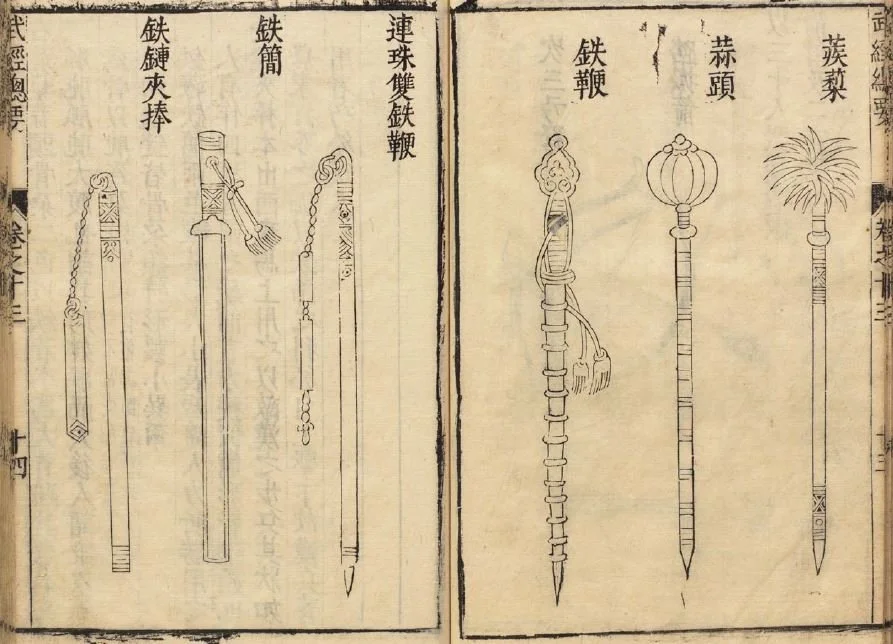
Zhen Gunkan and Ding Du. Types of chinese maces / Wikimedia Commons
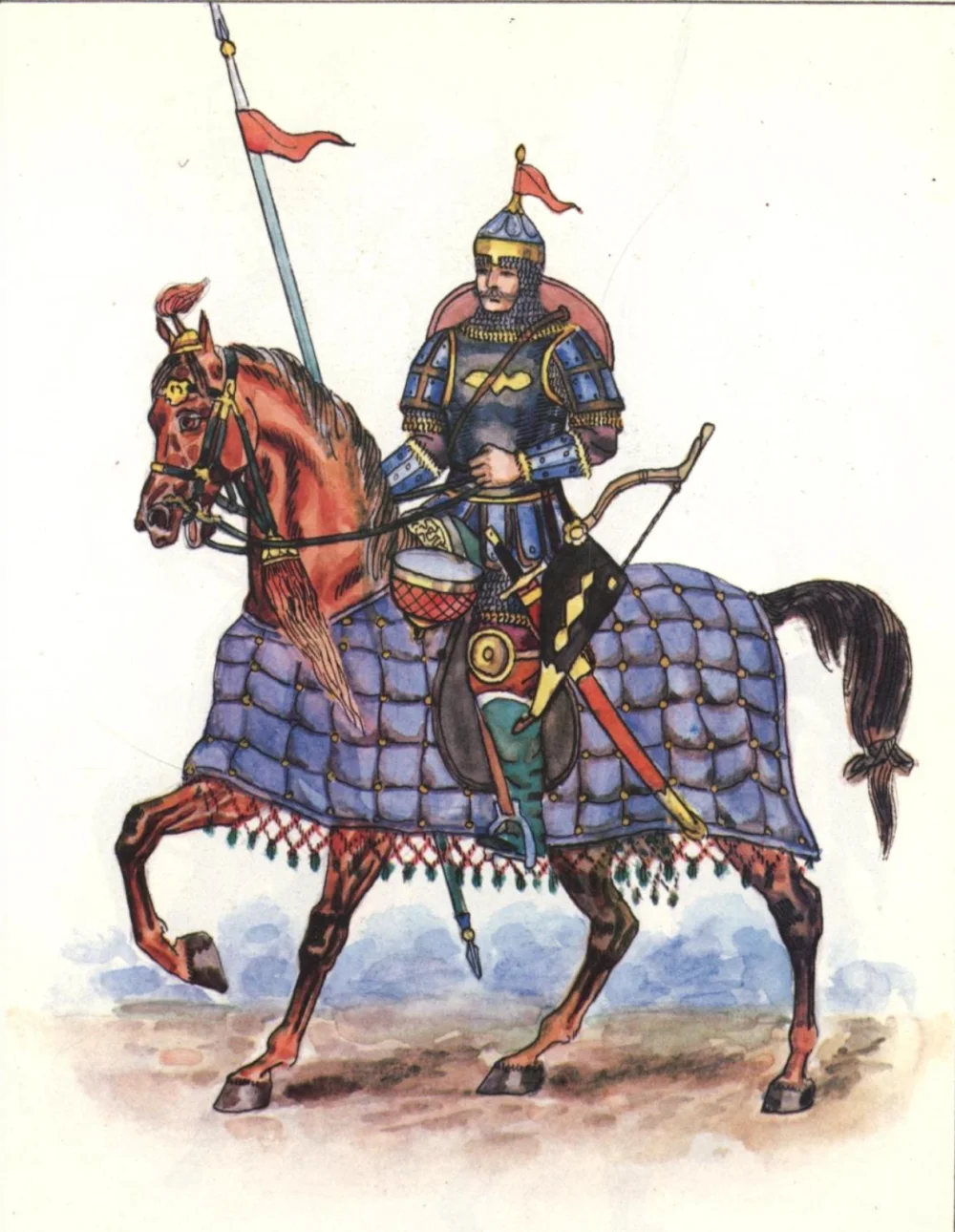
Kaliolla Akhmetzhanov. Kobulandy batyr / Illustration from the book "Jaraghan temir kigen"
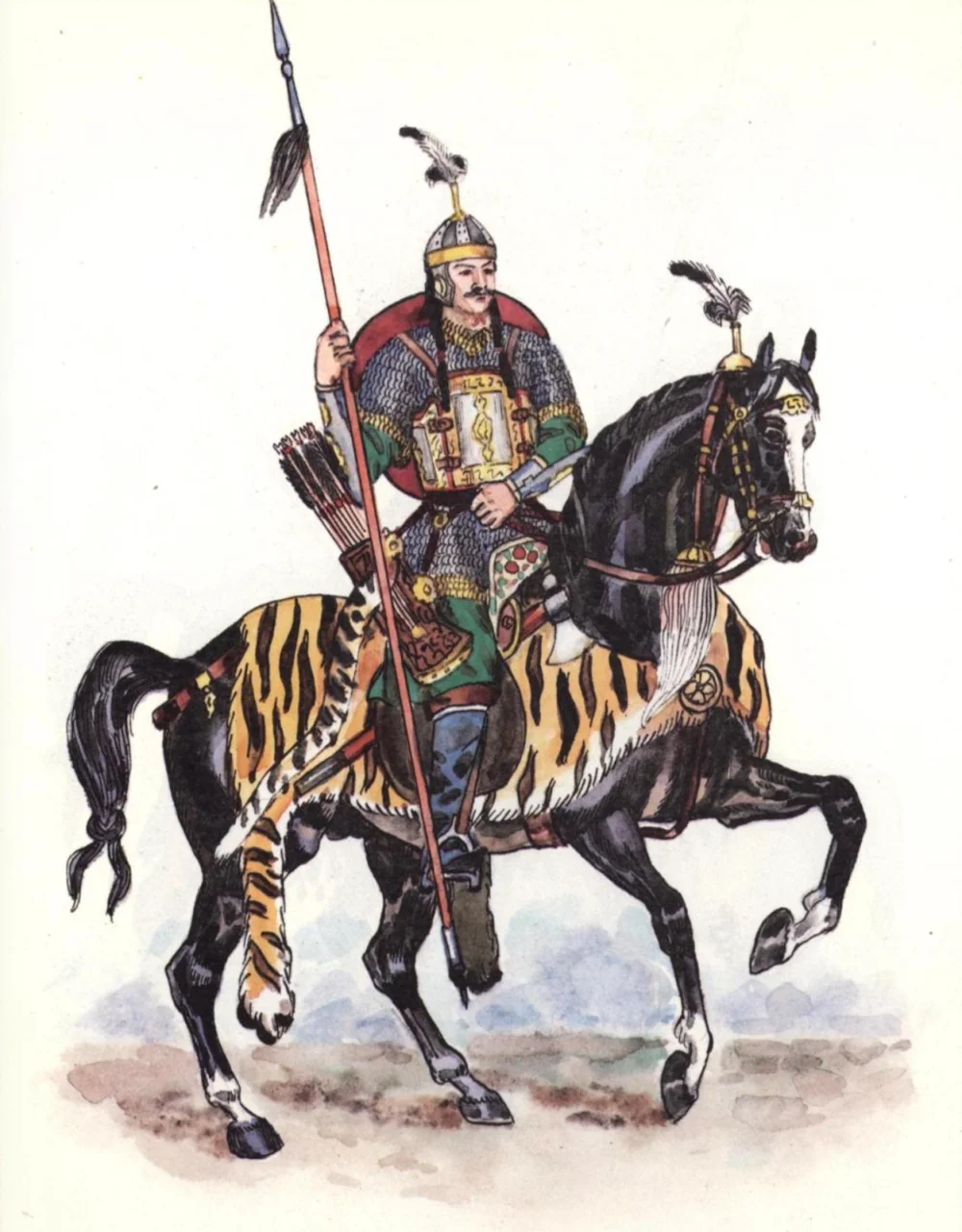
Kaliolla Akhmetzhanov. Kambar batyr / Illustration from the book "Jaraghan temir kigen"

